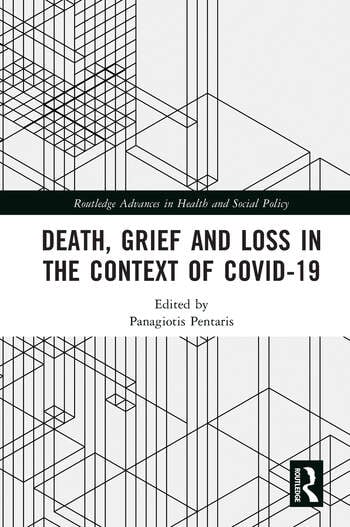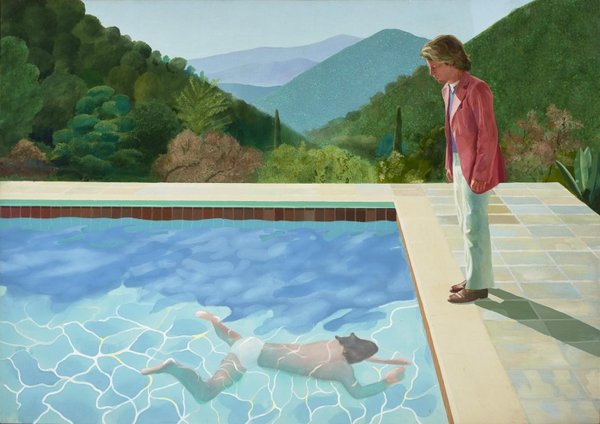High Performance Boards: Improving and Energizing your Governance
Contents:
Part I: The Four Pillars of Board Effectiveness 1
Joanne Marker and Board Service 3
Chapter 1 The Four Pillars of Board Effectiveness 9
The First Pillar: People Quality, Focus, and Dedication 11
The Second Pillar: Information Architecture 14
The Third Pillar: Structures and Processes 15
The Fourth Pillar: Group Dynamics and Board Culture 17
Chapter 2 Governance Challenges around the World 20
Scientific Lessons from Natural Selection 22
What is Transformational Leadership? 23
Should We Trust Leaders? 24
The Governance DNA 26
Chapter 3 The Successful Director: Values and Character 28
Duty of Care 30
Duty of Loyalty 32
Integrity: A Key Characteristic of Board Directors 32
Chapter 4 The First Pillar: People Quality, Focus, and Dedication 35
Quality 35
Focus 38
Dedication 41
Chapter 5 The Second Pillar: Information Architecture 45
How Complete is Your Information? 46
Chapter 6 Board Structures and Processes 50
Processes 51
Committee Structure 52
Board Secretary 53
Lead Director or Vice Chair 55
Chapter 7 Group Dynamics and Board Culture 56
Understanding Group Dynamics 57
Coalitions Within a Board Are Inevitable – and they Feed into Politics 60
Boards Fall into Traps 63
Drawing Strength from the Board’s Potential 66
Developing Self-Awareness 67
Board Culture 69
Part II: Board Failures and Challenges 77
Chapter 8 Four Areas of Board Failure 79
Chapter 9 Risks and Ensuring the Right Board Risk-Philosophy 82
Chapter 10 A Board Member’s Practical Guide to Risk Thinking 85
The Physical Health Check: Technical Risks 86
The Mental Health Check: Behaviours 89
The Strategic Risk Check 93
The Governance Risk Check 94
Chapter 11 Elements of Advanced Risk Techniques for Board Members: From Quants to Cyber 97
The Why and How of Quantitative Risk Assessment for Boards 98
Integration of Risks 101
The Outcome of Risk Assessment 102
Cyber Risk 104
Chapter 12 Crisis Management 107
Crisis as a Turning Point 110
There is Work to Be Done In Peaceful Times 111
Communication Principles 111
Another Powerful Weapon: Gathering Information 113
A Crisis Will Shed Light On Boardroom Fissures 115
Procedure vs. Authenticity 117
Communicate Your Way to Rebuilding Trust 118
Chapter 13 The Four Tiers of Conflicts of Interest 120
Tier-I Conflicts: Individual Directors vs. Company 122
Tier-II Conflicts: Directors vs. Stakeholders 124
Tier-III Conflicts: Stakeholders vs. Other Stakeholders 131
Conflicts of Interest within a Group of Stakeholders 135
Tier-IV Conflicts: Company vs. Society 136
Chapter 14 High-Level Fraud and Active Board Oversight 141
Why Does High-Level Fraud Happen? 143
Injustice 147
Lax Oversight 148
Problematic Culture 149
Financial Illiteracy 151
How to Create an Effective Oversight Environment 152
Preventing Injustice: Broaden the Notion of Conflict of Interest 152
Preventing Lax Oversight: Build Appropriate Frameworks 153
Preventing Toxic Behaviours: Create a Positive Culture 156
Strengthen Board Oversight Expertise with Special Focus on Legal, Compliance, Risk, Fraud, and Financial Reporting 159
Tools For Anti-Fraud Activities: Assessment, Prevention, Detection, and Investigation 160
Assessment 161
Prevention 161
Detection 161
Investigation 162
Part III: Board Best Practices 165
Chapter 15 The Board as a Strategic Asset 167
Five Definitions of Strategy 168
Clarifying the Board’s Role 171
Taking Context into the Mapping Process 174
The Impact of Context on Strategic Views and Roles of the Board 175
The Board’s Ultimate Strategic Significance 176
Chapter 16 A Primer on Finance Essentials for Directors 177
Reading Financial Reports 178
Understanding Ratios to Analyse Operating Strategies 179
Interpreting Between the Lines of Financial Statements 181
How to Identify Red Flags in Financial Statements 182
Implementing Desired Capital Structure 184
Understanding Valuation Fundamentals 185
Making Better M&A Decisions 187
Overseeing Risk 189
Joanne Marker and Board Values at Comfre 193
Chapter 17 Board Leadership and Values 197
Quality Boards Live and Breathe Integrity 198
Which and Whose Values? 199
Board Values vs. Organisational Values 202
Family Values in Business 203
Chapter 18 The Intricacies of Subsidiary/Holding Governance 204
Structures 206
Culture 208
Chapter 19 Fostering Entrepreneurship from the Board 210
‘Best Practice’ Governance vs. Entrepreneurship 211
Boards Should Actively Encourage Entrepreneurship 212
Chapter 20 The Board’s Oversight Framework for M&As 217
Creating a Deal-Making Mindset 218
Seeing the Bigger Picture 220
Staging Deals with Maximum Precision 220
Integration 225
Confronting Litigation Involving M&As 226
Joanne Marker Confronts Failing Board Culture 229
Chapter 21 The Chair–CEO Relationship 233
The Role of the Chair 233
Chairs are Increasingly Active 237
Chair–CEO Dynamics – the Hallmarks of a Productive Relationship 238
Tests of the Chair–CEO Relationship 240
The Ideal Attributes of a Chair 242
Chapter 22 The Board–Management Relationship 244
Supervision 244
Support 246
Blurring the Board–Management Relationship 247
Writing Governance Codes is Easier Than Changing Behaviours 248
Chapter 23 Effective Diversity 251
Diversity is Good . . . But Why; and When? 251
Diversity as a Considered Choice 252
Gender 253
Culture 255
Personality 256
Age 257
Social Background 259
We Have Embraced Diversity . . . Now What? 260
The Chair’s Role in Building and Nurturing Diversity 262
Chapter 24 The Talent Pipeline 265
The Board’s Responsibility for Talent Management 265
The New Talent Dynamic: Culture, Values, Community 268
Chapter 25 Boards and Social Media 272
JP Morgan’s Failed Foray into Twitter Q&A 273
Why Boards Should Understand Social Media 274
What Boards Should Do 276
Chapter 26 Boards and Investors 279
The Move toward Increasing Shareholder Engagement 281
Chapter 27 Managing Stakeholders 283
Shareholders vs. Stakeholders: A Definition 284
How to Identify a Company’s Key Stakeholders 285
The Board Can Be Instrumental in Shaping the CEO–Stakeholders Conversation 285
Anticipating Stakeholders’ Influence and Impact 286
Chapter 28 Stewardship from the Board 289
Building Upon a Rich Cross-Disciplinary Legacy of Thought 291
Psychological, Organisational, and Cultural Influences on Stewardship 291
Steward Leaders Build on their Unique Strengths to Drive Stewardship 292
Steward Leaders Deliver Long-Lasting, Meaningful, and Inclusive Impact 293
Becoming a Steward Leader: What it Takes 295
Stewardship Risks 297
Boards Are Key to Fostering Stewardship 297
Conclusion 299



















